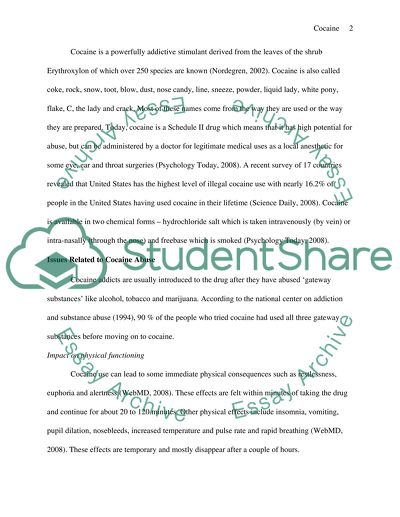Cite this document
(“Effects of Cocaine Abuse, its Prevention and Treatment Research Paper”, n.d.)
Retrieved from https://studentshare.org/family-consumer-science/1417241-effects-of-cocaine-abuse-its-prevention-and-treatment
Retrieved from https://studentshare.org/family-consumer-science/1417241-effects-of-cocaine-abuse-its-prevention-and-treatment
(Effects of Cocaine Abuse, Its Prevention and Treatment Research Paper)
https://studentshare.org/family-consumer-science/1417241-effects-of-cocaine-abuse-its-prevention-and-treatment.
https://studentshare.org/family-consumer-science/1417241-effects-of-cocaine-abuse-its-prevention-and-treatment.
“Effects of Cocaine Abuse, Its Prevention and Treatment Research Paper”, n.d. https://studentshare.org/family-consumer-science/1417241-effects-of-cocaine-abuse-its-prevention-and-treatment.


